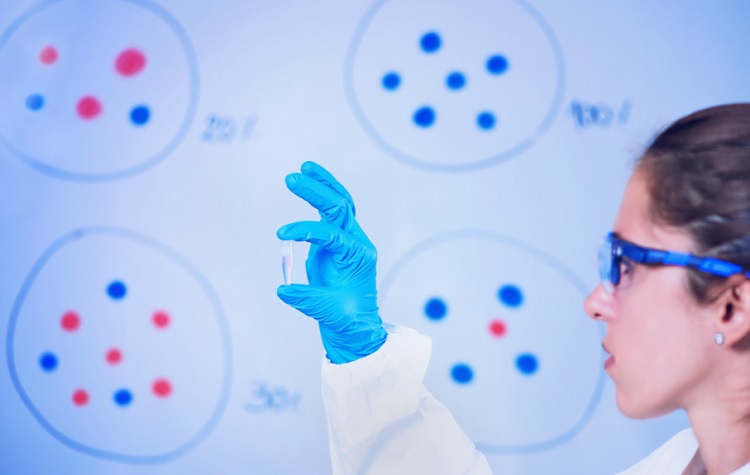Each day, health-care providers are bombarded with electronic notifications in patients' electronic health records, alerting them to potential drug interactions.
Many of these notifications go unread because they are irrelevant, dismissed by the physician out of haste, or common knowledge. Critical alerts that sometimes could mean life or death for a patient then go unnoticed and the opportunity to intervene is missed.
To address this issue, Daniel C. Malone, RPh, PhD, FAMCP, a professor at the University of Arizona College of Pharmacy, has received a five-year, $1.58 million grant to develop algorithms that provide relevant, patient-specific alerts about drug interactions. The project – funded by the Agency for Health Care Research and Quality, part of the U.S. Department of Health and Human Services – also will implement the algorithms in electronic health record systems in more than 50 health-care facilities across the United States.
"Current alerts in electronic health care record systems are simplistic and fail to include specific patient factors, leading to excessive warnings about interactions that are not relevant," Dr. Malone said. "Alert fatigue happens when providers are inundated with potential health notifications and this translates to missing important notifications."
This new project, "Meaningful Drug Interaction Alert," builds upon previously funded research that identified numerous gaps in patient safety related to drug interactions. The development of a drug interaction knowledge database, combined with clinically validated algorithms, is expected to increase the specificity of warnings concerning dangerous drug combinations. In addition, the work will identify and report shared experiences to further refine and validate the underlying algorithms.
The promise of computerized algorithms to improve patient safety has remained largely unfulfilled with respect to drug interaction warnings. Further, health-care facilities need assistance and expertise to implement evidence-based clinical decision support, Dr. Malone said.
Dr. Malone's research team includes Sheila Gephart, RN, PhD, associate professor at the UA College of Nursing, and Vignesh Subbian, PhD, assistant professor at the UA College of Engineering, as well as several internationally renowned experts in the field of drug-drug interactions from other institutions.
"Drug interactions can pose a serious risk to patients when they are not identified and addressed," said UA President Robert C. Robbins, MD. "Dr. Malone's efforts to deploy algorithms, in combination with a drug interaction database, will have a tremendous impact on ensuring that physicians receive the information they need to make the best decisions about their patients' health care. This is a great example of how the UA can be a leader in the Fourth Industrial Revolution, by finding transformative solutions to pressing problems."
###
This project was supported by grant No. R01HS025984 from the Agency for Health Care Research and Quality.
About the University of Arizona College of Pharmacy
The University of Arizona College of Pharmacy is the premier pharmacy college in the Southwest, and one of the top in the nation, focused on drug discovery, toxicology, pharmaceutics, outcomes sciences, pharmaceutical education and research through interprofessional training and collaborative public/private partnerships. Preparing pharmacists and pharmaceutical scientists in undergraduate, professional, graduate and post-doctoral programs, the college embraces an entrepreneurial spirit, providing tailored educational opportunities to broaden students' experiences. As the first health sciences college at the University, the college has a long history of improving science and health, both in Arizona and around the world. For more information, please visit http://www.pharmacy.arizona.edu.
About the University of Arizona Health Sciences
The University of Arizona Health Sciences is the statewide leader in biomedical research and health professions training. The UA Health Sciences includes the UA Colleges of Medicine (Phoenix and Tucson), Nursing, Pharmacy and Mel and Enid Zuckerman College of Public Health, with main campus locations in Tucson and the growing Phoenix Biomedical Campus in downtown Phoenix. From these vantage points, the UA Health Sciences reaches across the state of Arizona and the greater Southwest to provide cutting-edge health education, research, patient care and community outreach services. A major economic engine, the UA Health Sciences employs approximately 4,000 people, has approximately 800 faculty members and garners more than $140 million in research grants and contracts annually. For more information: uahs.arizona.edu
Media Contact
Alli Benjamin
[email protected]
520-626-3389
http://uahs.arizona.edu/





